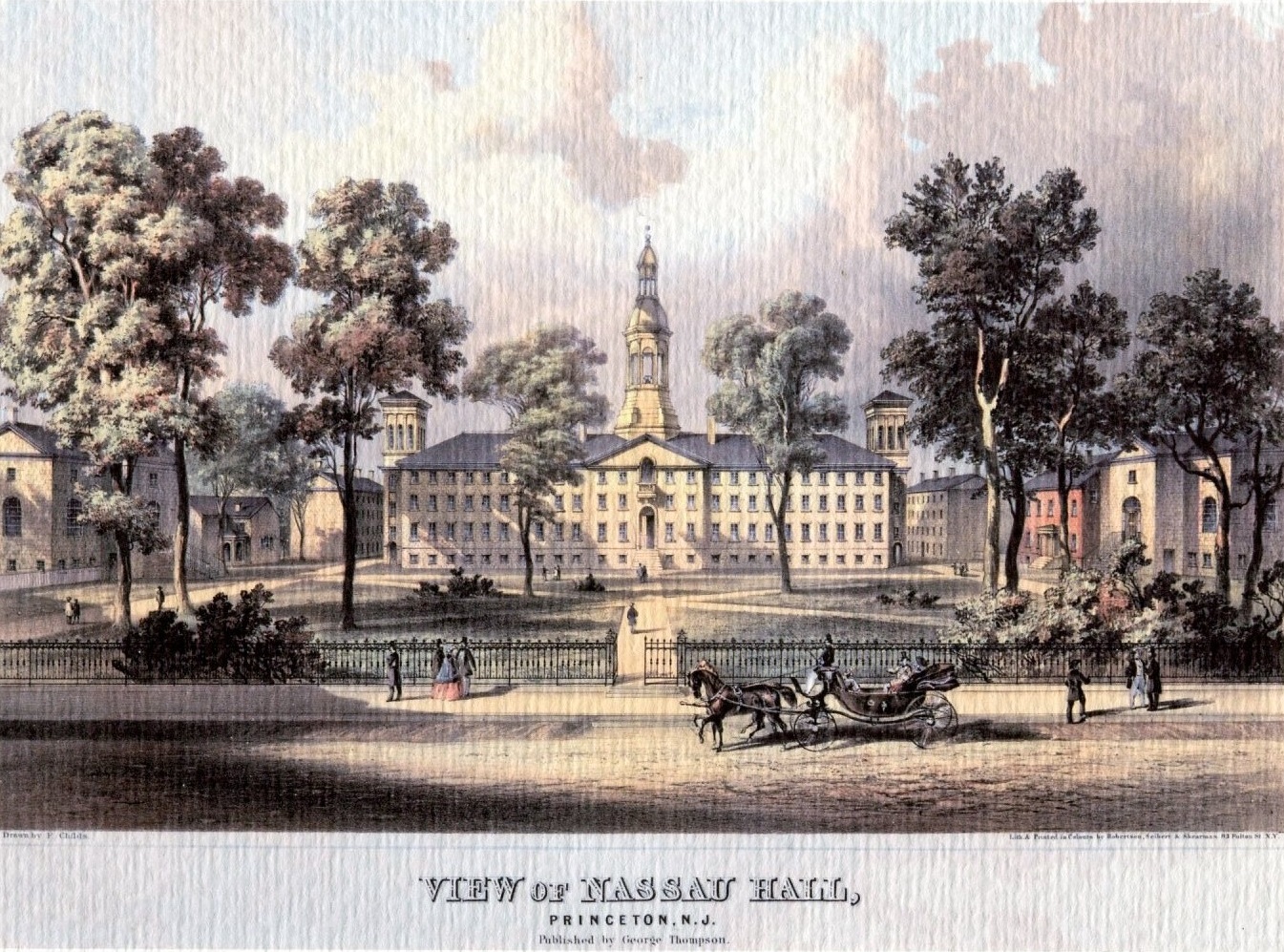-
Comic Books, Censorship, and Moral Panic
By Zachary Bampton ’20 Previously on this blog we covered the educational and political aspirations of comic books in American popular culture. Keen interest in comics as teaching tools–or as propaganda–reflected a public awareness of the power of the medium. However, Americans did not always receive comics well. In the 1950s, creative expression came into…
-
Comics as Education, 1950s-1980s
By Zachary Bampton ’20 From the 1950s onward, comics and their bright colors, bold drawings, and interesting stories have captivated a young American demographic. However, their popularity drew in other eyes, too. Civic and political groups took notice of this market audience and attempted to reach them by utilizing the medium as a teaching tool.…
This blog includes text and images drawn from historical sources that may contain material that is offensive or harmful. We strive to accurately represent the past while being sensitive to the needs and concerns of our audience. If you have any feedback to share on this topic, please either comment on a relevant post, or use our Ask Us form to contact us.
